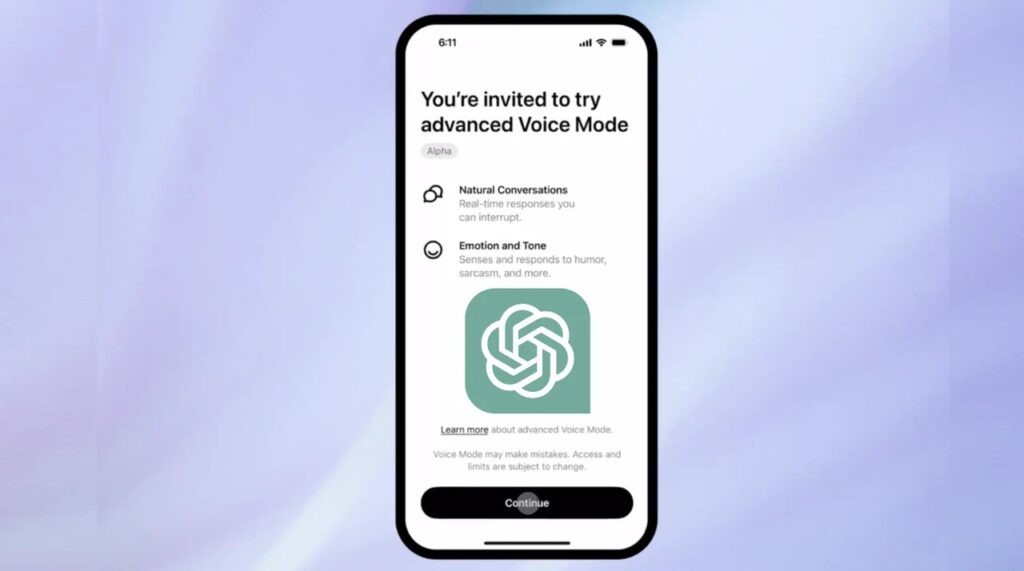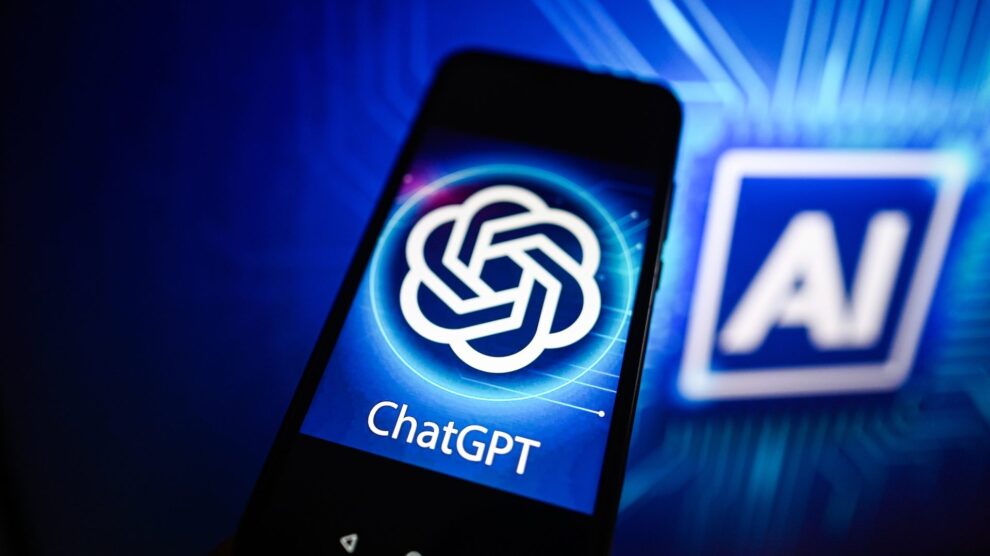Imagine having a personal language tutor available 24/7, one that can speak with perfect accents from around the world and adapt to your learning style. Sounds like science fiction, right? Well, thanks to OpenAI’s latest developments with ChatGPT’s advanced voice mode, this futuristic scenario is quickly becoming a reality.
If you’re a language enthusiast, a student struggling with pronunciation, or just someone fascinated by the rapid advancements in AI technology, you’re in for a treat. OpenAI has recently showcased some incredible new features of ChatGPT that are set to revolutionize how we learn and interact with languages.
In this article, we’ll dive deep into the exciting world of ChatGPT’s advanced voice capabilities. We’ll explore how this cutting-edge AI can mimic accents, potentially translate in real-time, and why it might just become your new favorite language learning companion. So, grab a cup of coffee, settle in, and let’s unpack what this groundbreaking technology means for you and the future of language acquisition.

ChatGPT’s Accent Mimicry: Your Personal Pronunciation Coach
One of the most impressive features highlighted in the recent demo is ChatGPT’s ability to mimic various accents. This isn’t just a party trick – it’s a powerful tool for language learners. Here’s why it matters to you:
- Authentic Pronunciation Practice: Imagine practicing your French with a Parisian accent, then switching to Quebec French at the click of a button. This feature allows you to fine-tune your pronunciation for specific regions or dialects.
- Accent Versatility: While the exact list of accents wasn’t specified, the potential is enormous. From British English to Australian, or Castilian Spanish to Mexican Spanish, the possibilities for accent practice are exciting.
- Confidence Building: By repeatedly hearing and practicing with authentic accents, you can build the confidence to speak more naturally in your target language.
It’s important to note that while this feature sounds incredible, it’s not yet available to the public. OpenAI is still fine-tuning this technology, but the demo gives us a tantalizing glimpse of what’s to come.
Native Speech-to-Speech: Natural Conversations with AI
ChatGPT’s advanced voice mode goes beyond just mimicking accents. Its native speech-to-speech capability is a game-changer for language learners. Here’s what you need to know:
- Natural Interaction: ChatGPT can understand your spoken words and respond naturally, creating a fluid conversation experience.
- Real-time Feedback: This feature could potentially offer immediate feedback on your pronunciation and intonation, helping you improve faster.
- Contextual Learning: By engaging in natural conversations, you’ll learn how to use language in context, improving your overall fluency.
The Promise of Live Translation
While not the main focus of the demo, the article hints at an exciting future capability: live translation. Here’s why this is huge:
- Breaking Language Barriers: Imagine having real-time conversations with people who speak different languages, all mediated by ChatGPT.
- Cultural Exchange: This feature could open up new possibilities for cultural exchange and understanding across language barriers.
- Business Applications: In a globalized world, the potential for seamless multilingual communication in business settings is immense.
It’s worth emphasizing that this feature is still on the horizon and not currently available. However, the potential implications are exciting to consider.
The Road Ahead: What This Means for Language Learners
As we look to the future, ChatGPT’s advanced voice mode promises to be a powerful tool in your language learning arsenal. Here’s what to keep in mind:
- Complementary Tool: While impressive, ChatGPT shouldn’t replace human interaction in language learning. Instead, think of it as a powerful supplement to traditional methods.
- Personalized Learning: As AI technology advances, we can expect even more personalized and adaptive language learning experiences.
- Ethical Considerations: As with any AI technology, it’s important to consider the ethical implications, particularly in terms of data privacy and the potential for misuse.
Conclusion: Embracing the Future of Language Learning
ChatGPT’s advanced voice mode represents a significant leap forward in AI-assisted language learning. While we eagerly await public access to these features, it’s clear that the future of language acquisition is becoming more interactive, personalized, and technologically advanced than ever before.
Whether you’re a casual language enthusiast or a serious polyglot, keeping an eye on these developments could give you a significant advantage in your language learning journey. As we move forward, it will be fascinating to see how tools like ChatGPT reshape our approach to mastering new languages.
What are your thoughts on using AI for language learning? Are you excited about the potential of ChatGPT’s advanced voice mode? Share your opinions in the comments below!










Add Comment